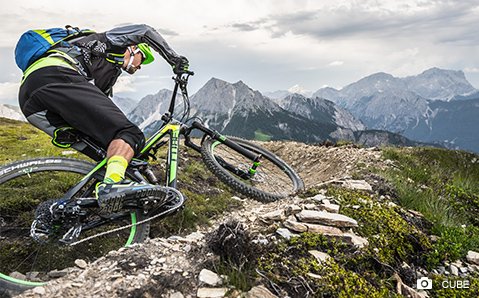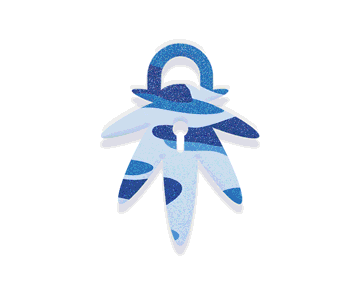The Must know when going: Cross country and Trail mountain biking!
Must know when going: Cross country and Trail mountain biking!
NEED TO KNOW TECHNICAL, SAFETY AND EQUIPMENT ASPECTS
First, before we get started you must know this is an article done from my very own research. Other sources have been used and my opinion based on those sources has structed this article. This of course does not go into the fullest detail, and your personal likes could change how you would like to go mountain biking. However, I personally hope this will be to your liking and give you enough basic information for you to get started on your mountain biking adventures.
Technical aspects:
When it comes to the technical aspects of cross country mountain biking there are 5 key aspects to keep in mind and practice on.
1. Being airborne: as this could be dangerous situation. Keeping control and staying calm is essential, in cross country mountain biking the main obstructions are usually roots coming out of the ground. The best way to counter this is by staying loose and relaxed, allowing you to make easier subtle movements and taking back control. For the adrenaline seekers, if your daring enough to practice jumping wanting to go airborne. Think of spotting, where you’re going to take off. Pulling your handle bars as hard up as possible towards you to create greater distance, once you’re airborne just relax and distribute your weight over the back tire. Keep focused and looking at the ending a.k.a where you are going to land. As you land, use your whole body weight for the impact, slowly easing into your bike keeping your body and center of gravity straight. When you hit the ground do not brake to hard, gently brake while going down the bank and straighten out your arms as you sit back onto your saddle.
2. Going down steep banks: This is where body position and center of gravity is most important. If you do not go back into body position as you reach the end of the bank, you will fall off your bike. To keep this under control, you have your stronger foot pointing forward and your other foot backwards. Again, not squeezing your brakes to hard, but slowly grabbing them as you go down. Keep your head up and focused at the exit of the bank, where it straightens out again.
3. Steep climbs: This is not always possible to do in a standing position, therefore being seated helps create traction between the back tire and the ground, plus your keeping your front tire from popping up increasing your surface area covered with the bike. Keeping your body low, and power on the peddles pushing yourself up. Lastly, you need to attack the hill by keeping your balance equal between both wheels while staying low on the front and pushing power on the back.
4. Switchback turn: Knowing how to take corners and turns. First you consider the width of the turn where you try to make it as wide as possible and as smooth as possible. Already know where you are going to make the ‘S’ shape to help you get to the outside of the turn, staying focused on the turn. Lower your power when taking the turn, using the banks to increase width of the turn. Lastly, focus on the exit looking for obstacles that could be in the way, gear up and speed up.
5. Traction and line choice: Knowing where to bike on the path for the best run. Of course, this includes the safety of the track. Knowing what your personal boundaries are when it comes to choosing which mountain bike track to take. You need to keep in mind cadence, or also known as keeping control of your speed and the rhythm in which you pedal. Staying relaxed and avoiding any kind of obstacles that could break your flow and cause you to fall off. Bunny hopping is one way to avoid them, but doing this at a high speed can be very difficult.
Key safety Aspects:
The safety aspects of Mountain biking are simple and straight forward as they all relate to general rules considering your environment and your personal boundaries.
1. Gear: The first and most common safety aspect is wearing a helmet. This can be a regular cycling helmet or when taking part in competitive or serious trials preferably full-face helmet for full head safety. Other standard gear that is highly recommended are gloves, closed of shoes with tied laces, padded clothing in case you do take a fall, in case of weather extra clothes and protective glasses from the sun or small debris in the air or coming up from the ground.
2. Personal boundaries: knowing your limits! Knowing when to stop is very important when mountain biking through the mountains or forests. Let your fellow riders know what is going on or if you feel sick, as the consequences of continuing could be much worse. Sun stroke or even dehydration can appear without knowing and can lead to extremely dangerous situations. Therefore, having a bottle of water with you always can be of essence. Knowing where you are, and where you are going as getting lost on your own or with a partner can also be extremely dangerous. Lastly and I believe most importantly, choosing carefully when to take risks, knowing about your riding. Knowing about the consequences and staying within your own abilities. If you get to something you know you cannot do, get off and walk.
Needed materials and equipment:
1. Mountain bike (preferable with a good suspension, gears, and thick tires)
2. Cycling helmet or preferable a full faced helmet.
3. A water ball carried with you
4. Goggles or sunglasses to protect your eyes
5. Shin and knee pads (if taking on more difficult terrain)

